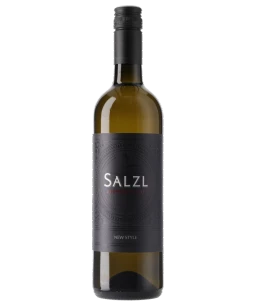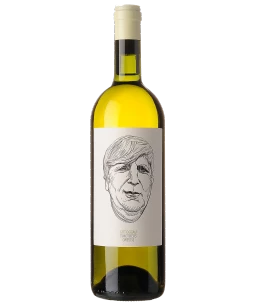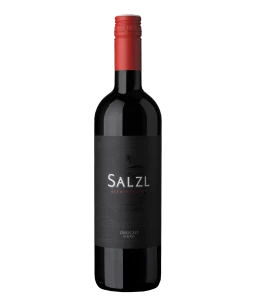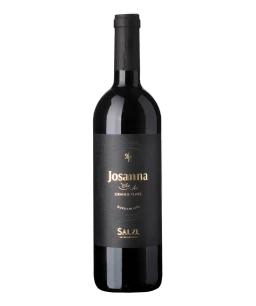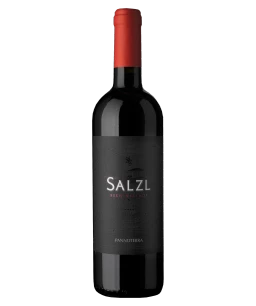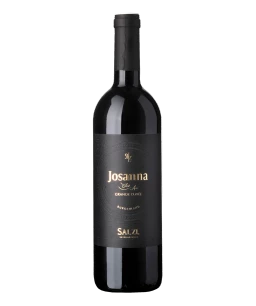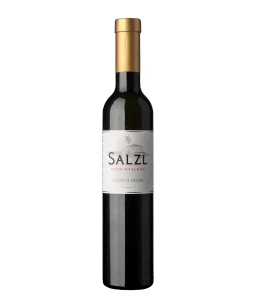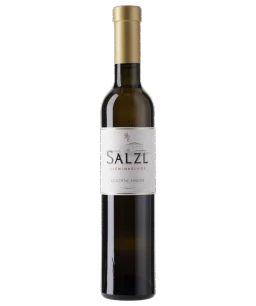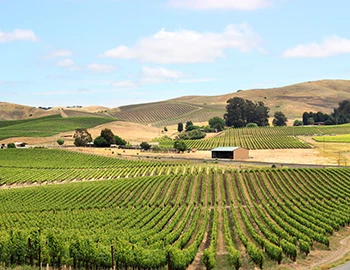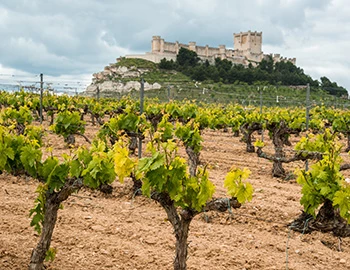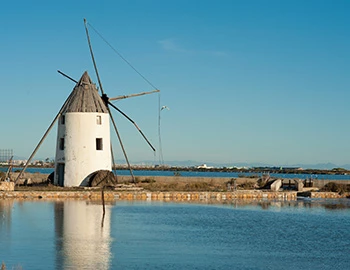Burgenland
Burgenland: Reds, sweets and other wonders
Burgenland is often referred to in Austria as the new wine world. In fact, wines – with exceptions like the nobly sweet Ruster Ausbruch – were almost entirely unknown here 20 years ago. Today, the most substantial red wines in Austria mature here. And the sweet wine scene is also stronger than ever before. Even the whites – for instance, in the Leitha Mountains – are on the upswing. The basis for this wine wonder are the various terroirs that overlay the land in a complex patchwork.
White wines from Burgenland
Red wines from Burgenland
Sweet wines from Burgenland
Delicatessen from Burgenland
Nowhere in Austria are increased quality and newfound self-confidence of vintners as visible as in Burgenland. Spectacular cellar structures, visible from afar and enthroned in vineyards, demonstrate that the wine here is no longer merely an agricultural product, but a cultural asset. With 13,900 hectares, Burgenland is the second largest wine-growing region in Austria, after Lower Austria. The area is divided into the areas of Neusiedlersee, Neusiedlersee-Hügelland, Mittelburgenland and Südburgenland.
A red wine country
The development of Blaufränkisch is most interesting. While it grows in rather heavy slate and limestone soils in Central Burgenland, with increasing clay proportions in the southern part, it is found in more brown earth and slate soils with very high iron content in Southern Burgenland. Thanks to these different terroirs, there is now a rich diversity of Blaufränkisch crus, reminiscent of the Pinot diversity in Burgundy. In the eastern part of Lake Neusiedl, meanwhile, Zweigelt wines are produced that are among the most opulent red wines in Austria. Saint Laurent and Pinot Noir round out the red spectrum. Many premium red wines are assemblages.
Continental climate
A strongly continental, Pannonian climate dominates in Burgenland, with hot summers and cold winters. The mean annual temperature is higher than in other states, at 11.4 degrees Celsius. Precipitation, however, is much lower, with an average of 700 millimeters per year per square meter. Nevertheless, good conditions for producing noble rot wines prevail in the area, influenced by Lake Neusiedl – primarily in Rust, but also in Illmitz and Apetlon. While the white wines sit somewhat in the shadow of the reds, this could soon change with the high-quality Chardonnays, white Burgundies and Grüner Veltliners that are now pressed around the Leitha mountains. Today in Burgenland, there are four designations of origin for area-typical quality wines (DAC): Lake Neusiedl, Leithaberg, Middle Burgenland and Eisenberg.


